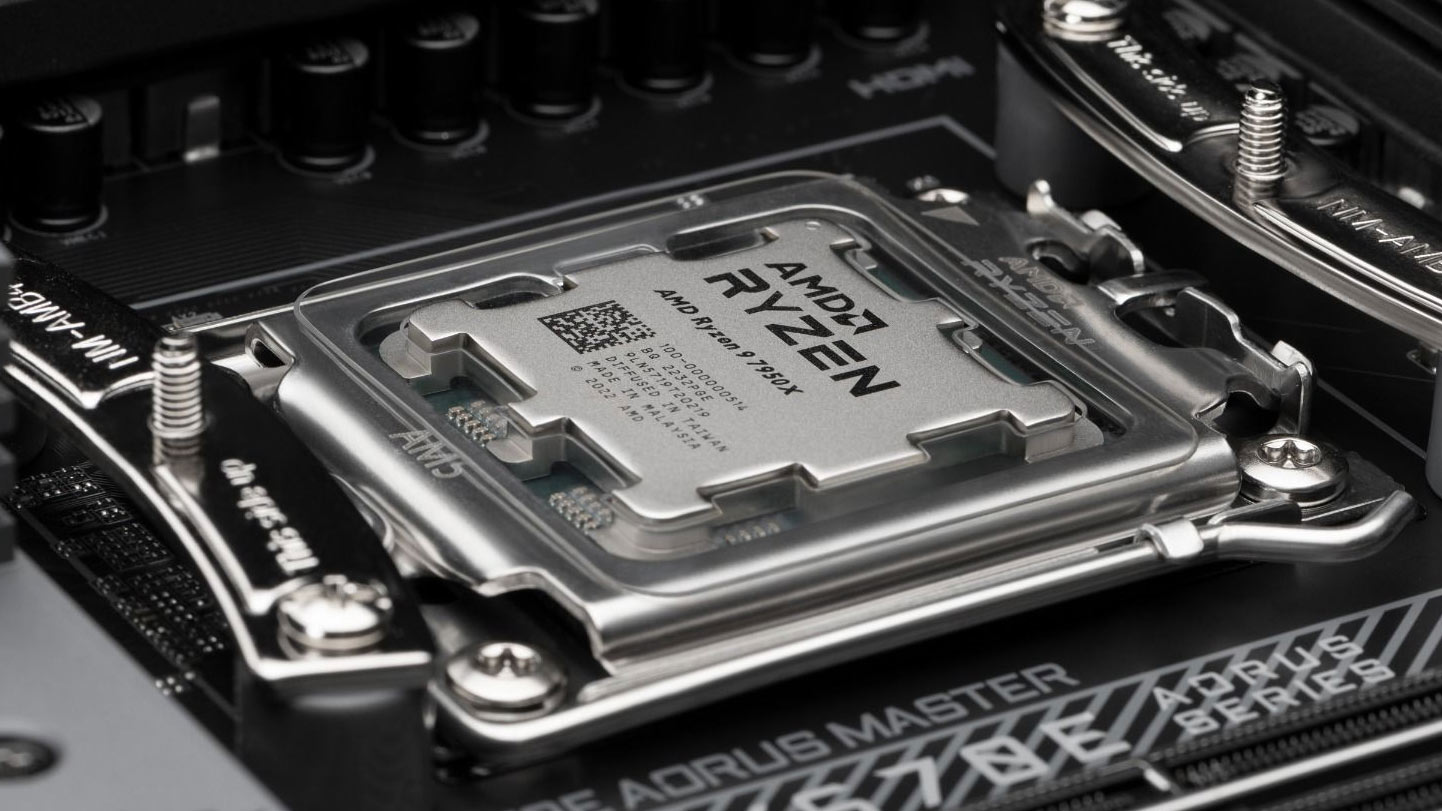
HardwareLuxx editor Andreas Schilling shared a few new details that AMD provided him about its new and highly-capable AGESA 1.0.0.7b microcode update. AMD confirmed that the update features enhancements to three very important mechanisms that improve memory stability and enable Ryzen 7000 series CPUs to run DDR5 memory frequencies beyond DDR5-8000.
“Expanded range for tWR memory timing. This is needed to enable modules faster than 6800-7200+ range.”August 2, 2023
The three new features include memory training adjustments and extended adjustments to the tWR memory timing, which is where the extended DDR5 frequency range comes from.
Additionally, the tWR timing in AGESA 1.0.0.7b has been expanded, allowing looser timings. Apparently, the tWR was limited before 1.0.0.7b came out, preventing looser timings, which handicapped the memory frequency range on the AM5 platform.
AMD also revealed that there are two memory training updates that come in AGESA 1.0.0.7b. The first is txDFE / Enhanced Memory Training which is a new BIOS option users can manually enable to gain better memory stability or margin on many memory kits. The only side-effect of this feature is that it takes longer to train, meaning that boot-up times will take longer.
The second is a new feature called Fast Memory Training, that does the exact opposite of the first. It decreases the amount of time memory needs to be trained on an AM5 motherboard to speed up the boot process. This feature is supposed to work well for non-OC memory kits, but can also be used with XMP/EXPO kits in many circumstances.
All of these features improve the stability of DDR5 memory on AM5 motherboards and CPUs and significantly improve the amount of frequency headroom Ryzen 7000 CPUs can run on the memory. This is why we have seen so several overclockers achieve DDR5-8000 ~ DDR5-9000 DDR5 overclocking results over the past month, thanks to these new enhancements baked into the AGESA 1.0.0.7b update.
The only problem with this additional frequency headroom is that it does little to nothing to improve gaming performance. Some testing has found that running at DDR5-7400 memory provided 1% worse performance than DDR5-6200. This is due to Ryzen's infamous infinity fabric limitations that prevent the interconnect from running high memory frequencies. On Ryzen 7000, to run DDR5 memory beyond 6000-6400, the memory subsystem needs to run the FCLK, UCLK, and MCLK at a 1:1:2 ratio (instead of 1:1:1) which increases memory latency.
Looks like the increased memory bandwidth on AMD Raphael CPUs by virtue of the latest AGESA update won't help at all with gaming performance: https://t.co/tTNruop5t5 pic.twitter.com/cnKTjNp5W6July 21, 2023
As a result, gaming performance will always take a hit as long as the MCLK needs to run in a higher latency mode. For workstation users/power users, this won't be as problematic since there are programs that take advantage of the additional DDR5 memory bandwidth afforded by DDR5-7000~9000 kits, but it's not the norm.







